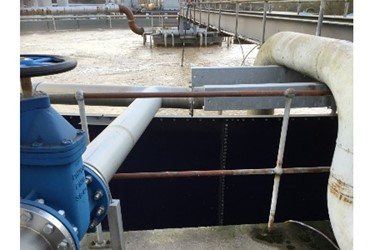Nothing Cheesy About FOG Stop Reducing Sludge And Phosphate

Following a 4-month trial, Next FOG Stop has reduced the cost of sludge disposal at a food producer’s wastewater treatment plant by almost 50% — as well as significantly lowering phosphate levels.
A bioaugmentation treatment that alters the core metabolism of indigenous bacteria, FOG Stop’s dramatic impact equates to a saving on sludge removal of almost $600 per day.
With phosphate levels in wastewater effluent such a major issue with the state and federal EPA agencies, the cheese manufacturers have been successfully using alum to control it. However, in addition to the financial outlay (now removed), this was adding a further 7.532 dry tonnes of sludge for disposal at the end of the treatment process.
Operating at a Mixed Liquor Suspended Solids (MLSS) level of approximately 8500 mg/L, the cheese producer’s wastewater treatment facility in the North East of the U S typically experiences large variations in its incoming load, including high organic content. Flow and loading at the plant increase by more than 30% from March through to June, putting significant pressure on the treatment plant’s capacity.
Likewise, the amount of milk being processed also increases by over 25%.These factors combine to place a greater burden on the facility, and will, under normal circumstances, produce a concomitant increase in sludge production.This increase in load received by the wastewater treatment facility can manifest itself in many other ways, including lower terminal dissolved oxygen, and poorer effluent quality, particularly if the treatment facility is nearing its design capacity.
Use of Next Filtration’s FOG Stop has also improved effluent quality at the cheese-making plant. For more information, visitwww.nextfiltration.co.uk.
Source: Next Filtration
